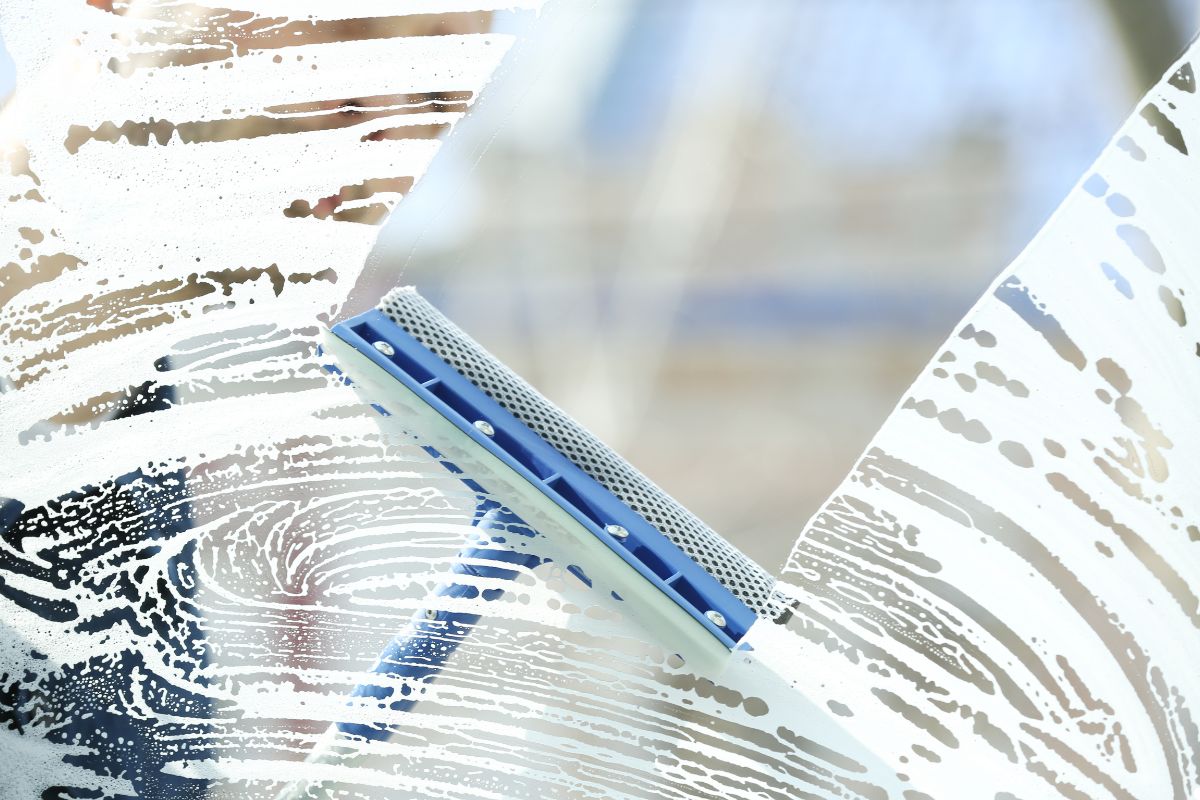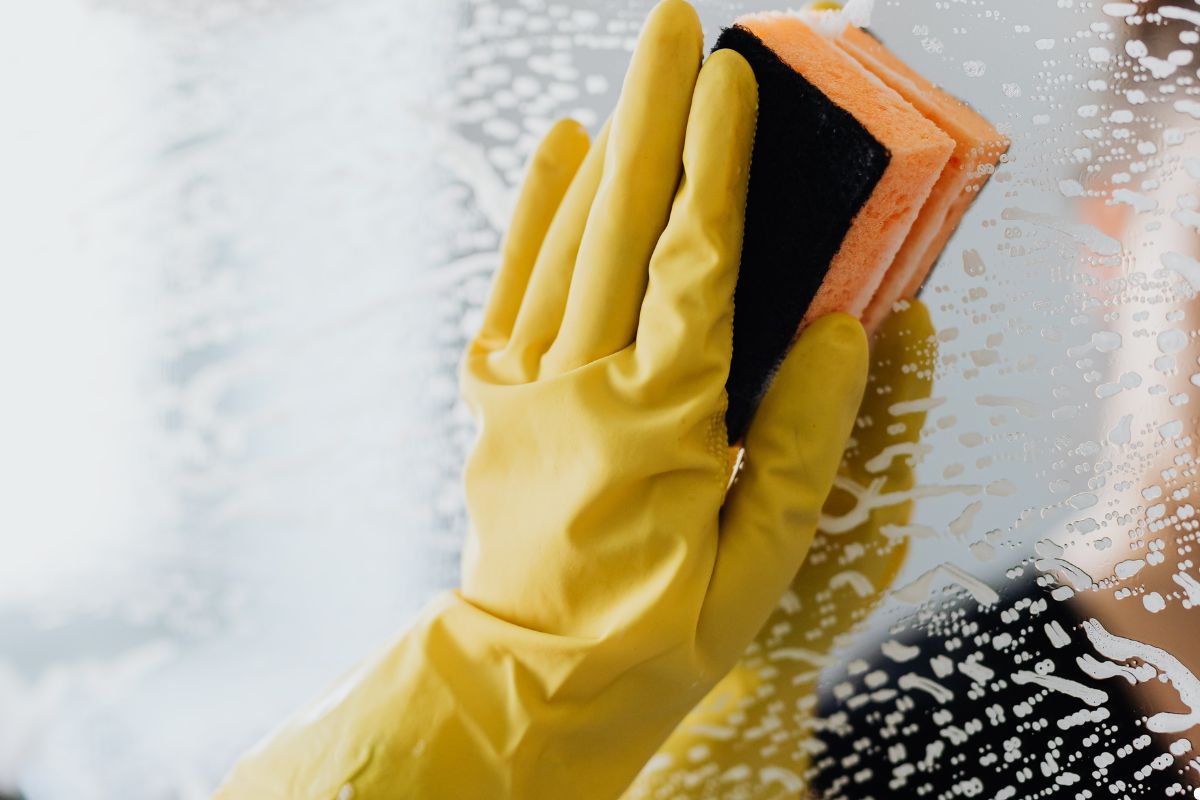
Awnings, while providing valuable shade and enhancing curb appeal, can quickly accumulate dirt, grime, and unsightly stains. Regular cleaning is essential to maintaining their beauty, extending their lifespan, and protecting your investment. Whether you choose the DIY route or opt for professional services, this guide provides everything you need to know about awning cleaning. Ready for a pristine awning? Call us now for expert cleaning services!
Why Clean Your Awnings?
Beyond aesthetics, clean awnings offer several significant benefits. Neglecting awning maintenance can lead to a build-up of dirt, algae, and mildew, damaging the fabric or material over time. Regular awning cleaning prevents this deterioration, ensuring your awnings last longer and continue to provide optimal protection from the sun and elements. Moreover, a clean awning significantly enhances the overall appearance of your home or business, boosting property value and creating a positive impression. Ignoring cleaning also gives pests a place to call home, which is not only bad for the fabric but also bad for you.

Gathering Your Supplies and Tools
Before you start the awning cleaning process, gather the necessary supplies and tools. Having everything on hand will make the job easier and more efficient.
- Essential Cleaning Supplies: You’ll need a mild detergent (dish soap works well), a soft-bristled brush (avoid harsh bristles that can damage the fabric), a bucket, a hose with a spray nozzle, and a ladder (if needed). For stubborn stains, consider a specialized awning cleaner.
- Safety First: Always wear safety glasses to protect your eyes from cleaning solutions. If using a ladder, ensure it is stable and secure. If you are uncomfortable working at heights, consider hiring a professional awning cleaning service.
Step-by-Step Guide to Cleaning Your Awnings
Here’s a detailed guide to cleaning your awnings yourself:
- Testing a Small Area: Before applying any cleaning solution to the entire awning, test it on a small, inconspicuous area to ensure it doesn’t cause discoloration or damage.
- Gentle Cleaning Techniques: Mix your mild detergent with water in a bucket. Wet the awning with the hose, then gently scrub it with the soft-bristled brush and the cleaning solution. Avoid excessive pressure, which can damage the fabric.
- Rinsing and Drying: Thoroughly rinse the awning with the hose to remove all traces of the cleaning solution. Allow the awning to air dry completely before retracting it (if it’s retractable).
- Dealing with Stubborn Stains: For stubborn stains like mold or mildew, use a specialized awning cleaner or a solution of bleach and water (use with caution and always test in an inconspicuous area first).
Different Awning Materials and Their Specific Cleaning Needs
The best cleaning approach depends on the awning material.
- Canvas Awnings: Canvas awnings are more delicate and require gentle cleaning. Avoid harsh chemicals and excessive scrubbing.
- Vinyl Awnings: Vinyl awnings are more durable and can withstand stronger cleaning solutions, but always test first.
- Metal Awnings: Metal awnings can be cleaned with a mild detergent and water. Be sure to rinse thoroughly to prevent rust.
When to Call a Professional
While DIY awning cleaning can be effective, there are situations where professional help is recommended.
- Signs It’s Time for Professional Help: If your awnings are heavily stained, difficult to reach, or require specialized cleaning techniques, it’s best to call a professional.
- Benefits of Professional Cleaning: Professional awning cleaning services have the expertise, equipment, and cleaning solutions to safely and effectively clean your awnings, ensuring optimal results and preventing damage.
Maintaining Your Clean Awnings
Once your awnings are clean, it’s essential to maintain them to prevent future dirt and grime buildup.
- Regular Cleaning Schedule: Aim to clean your awnings at least twice a year, or more frequently if they are exposed to heavy dirt or pollution.
- Prevention Tips: Trim trees and bushes that overhang your awnings to prevent leaves and debris from accumulating. Regularly sweep or brush off loose dirt and debris.
- Protecting Your Awnings from the Elements: Retract your awnings during severe weather to protect them from damage. Consider applying a fabric protector to help repel water and stains.

Frequently Asked Questions About Awning Cleaning
How often should I clean my awnings?
Ideally, clean your awnings twice a year, but increase frequency based on environmental factors.
What is the best cleaning solution for awnings?
A mild dish soap and water solution usually works well, but specific awning cleaners are available for tougher stains.
Can I use a pressure washer to clean my awnings?
It’s generally not recommended, as the high pressure can damage the fabric.
How do I remove mold and mildew from my awnings?
Use a mildew-specific cleaner or a diluted bleach solution, testing first.
How much does professional awning cleaning cost?
Costs vary depending on the size and material of the awning, but call us for a free estimate!
Conclusion
Awning cleaning is a crucial aspect of home or business maintenance. By following the tips and guidelines outlined in this guide, you can keep your awnings looking their best, extend their lifespan, and protect your investment. Whether you choose to DIY or opt for professional services, remember that regular maintenance is key to enjoying the benefits of clean, beautiful awnings for years to come. Ready to transform your property with spotless awnings? Don’t hesitate – Call us today!

